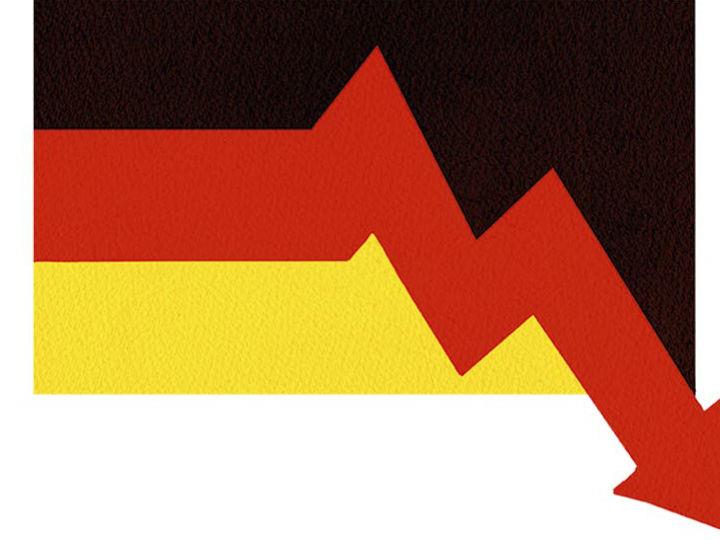Over the past several months the spread of so-called “clean-dark” and “clean-spark” prices have narrowed but still heavily favour coal usage for power plants, and the recent jump in gas prices threaten to once again widen the spread.
The “clean-dark” price is the one paid for coal usage when accounting for both fuel costs and the cost of carbon permits, while the “clean-spark” price covers the cost of gas utilisation and subsequent emissions.
The gas cost has begun to jump again over the past two days as Russian gas flows to Europe via the Nord Stream 1 pipeline fell further and Moscow said more delays in repairs could lead to it suspending all flows.
While the global coal market has also remained very tight, resulting in higher coal prices, the market still expects coal to be the cheaper source next year, indicating that coal utilisation would remain high, Rystad Energy analyst Fabian Ronnigen said.
The European Union is set to ban Russian coal imports in mid-August, which will put more strain on supply and force consumers to look elsewhere, further tightening the market.
The EU Commission has estimated that coal purchases from Russia amounts to around €8 billion a year.
Data from Rystad Energy also showed that coal power could remain the more competitive fuel source through 2025.
However, the recent failed proposal to change the EU emissions trading system (ETS) is expected to benefit gas usage, as a tighter carbon market would result in higher emissions prices.
As coal is more carbon intensive, rising emissions costs make gas more competitive, since operators would have to hold less permits to utilize gas production than coal.
The gas-to-coal spread indicator has narrowed its gap to the carbon emissions prices (EUA) significantly lately but still remains more than 50% above carbon allowances, ICIS analyst Florian Rothenberg said.
The indicator expresses how high EUA prices would need to be to incentivize gas power generation rather than coal power generation.
This means that gas-fired power plants are set to remain switched off in all hours where enough coal-fired capacity is available to replace it, he added.
For the coming fall and winter months, temperatures could also draw gas away from the power sector and toward residential heating demand.
“Only in the case of a very warm winter combined with renewed bullishness on the carbon permits would we expect the spread to narrow and some efficient gas-fired plants replacing older coal units in the mix,” Rothenberg said.
*frirst published in: www.euractiv.com




 By: N. Peter Kramer
By: N. Peter Kramer

